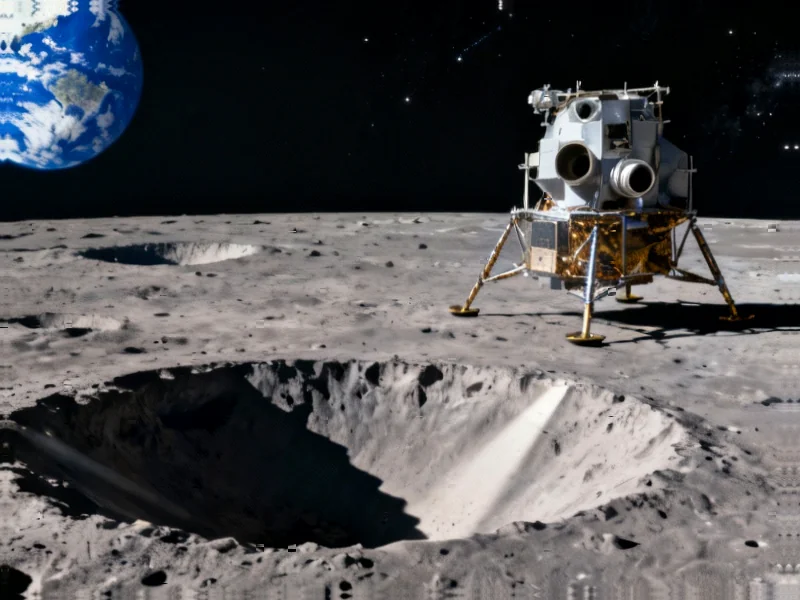According to Utility Dive, a revealing October report from three former Department of Energy staffers exposes significant implementation problems with Biden’s signature climate legislation. The report, based on interviews with more than 80 former political appointees and career staff, found the Inflation Reduction Act and Bipartisan Infrastructure Law suffered from “muddled aims” and excessive delays. Former DOE policy advisor Ramsey Fahs, former senior consultant Louise White, and former deputy chief of staff Alan Propp documented how projects took too long to materialize, with one staffer bluntly stating “there were way, way too many cooks in the kitchen at the White House.” The slow rollout meant the administration’s political theory—that green jobs would create bipartisan support—was never truly tested, allowing the Trump campaign to claw back much of the associated funding. Interviewees consistently pointed to jumbled priorities and lack of clear decision-making hierarchy as primary culprits.
The Everything-But-The-Kitchen-Sink Problem
Here’s the thing about trying to solve every problem at once: you often solve none of them effectively. The report shows programs were constantly trying to juggle decarbonization, onshoring, labor standards, equity goals, and national security concerns simultaneously. This “layering of priorities” basically meant nothing moved quickly. One interviewee put it perfectly: “DOE tried to solve structural inequality via grid infrastructure, which was an unrealistic goal.” And the Build America Buy America requirements? They sound great in theory, but when you’re demanding domestic components that don’t actually exist or union labor where none is available, you’re just creating paperwork nightmares that delay actual construction.
The Ghost of Solyndra Still Haunts DOE
Remember Solyndra? That 2011 solar company failure that cost taxpayers $535 million? Apparently it’s still giving DOE officials nightmares. The report attributes much of the administration’s risk aversion to that single event. One interviewee noted that “after Solyndra, the scar tissue… meant there were 50 different ways to kill a project and not many ways to see it through.” That’s over a decade of bureaucratic trauma affecting today’s climate emergency response. But here’s the interesting twist—the Loan Programs Office, which actually made the Solyndra loan, developed a more sophisticated approach to risk management than other DOE offices. They’d learned their lesson and moved on, while other departments were still paralyzed by fear of another high-profile failure.
So What Should The Next Administration Do?
The report offers specific recommendations for any future administration serious about clean energy deployment. They’re basically calling for something that sounds obvious but proved elusive: focus, speed, and decisiveness. Set clear near-term priorities instead of trying to accomplish everything at once. Create award processes that don’t require navigating Byzantine requirements. And leverage the “full federal toolkit” rather than just adding more layers of complexity. The fundamental question is whether any administration can overcome the natural tendency toward bureaucratic caution. When you’ve got multiple agencies, competing priorities, and the constant fear of political backlash, speed becomes the first casualty. And in a climate crisis, that’s a luxury we can’t afford.




